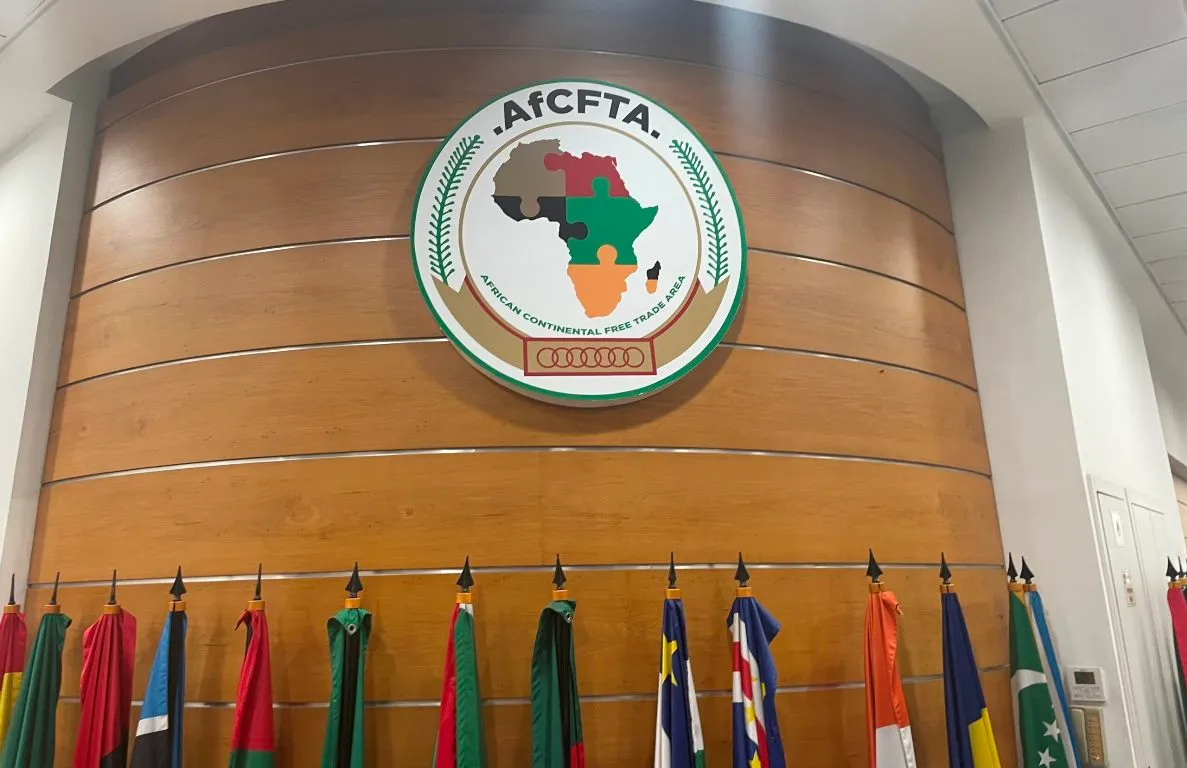OpenAI on Tuesday, launched a series of new tools aimed at making it easier for developers to build AI-powered applications, as the company competes with major tech giants in the fast-evolving generative AI space.
The Microsoft-backed startup introduced a real-time tool that simplifies the creation of AI voice applications, now allowing developers to use a single set of instructions. Previously, the process involved three separate steps: transcribing audio, generating text-based responses, and then converting the text back to speech. This streamlined approach is expected to reduce the complexity for businesses using OpenAI’s technology.
OpenAI generates a significant portion of its revenue from companies that rely on its services to build their own AI models, making these new capabilities crucial for maintaining a competitive edge.
As competition in the AI space intensifies, major players like Google-parent Alphabet (GOOGL.O) are integrating AI models that process various forms of data—including video, audio, and text—into their platforms. In response, OpenAI is enhancing its offerings to remain a leader in the field.
OpenAI’s revenue is projected to soar to $11.6 billion next year, up from an estimated $3.7 billion in 2024, according to recent reports. The company is also in the midst of a $6.5 billion funding round, which could bring its valuation to $150 billion.
In addition to the real-time voice tool, OpenAI introduced a fine-tuning feature that allows developers to refine their models after training, using both images and text. This process includes human feedback to guide the model’s learning, improving its ability to distinguish between good and bad responses.
By incorporating images into the fine-tuning process, OpenAI aims to enhance the model’s visual understanding, enabling applications such as advanced visual search and improved object detection for technologies like autonomous vehicles.
Another key feature in Tuesday’s rollout is a tool that enables smaller models to learn from larger, established ones. OpenAI also introduced “Prompt Caching,” which reduces development costs by reusing previously processed text, cutting some expenses in half.
These advancements are part of OpenAI’s ongoing strategy to push the boundaries of generative AI, while offering businesses more efficient tools to develop cutting-edge applications.











